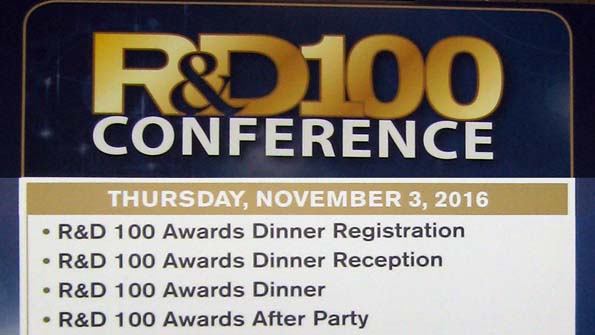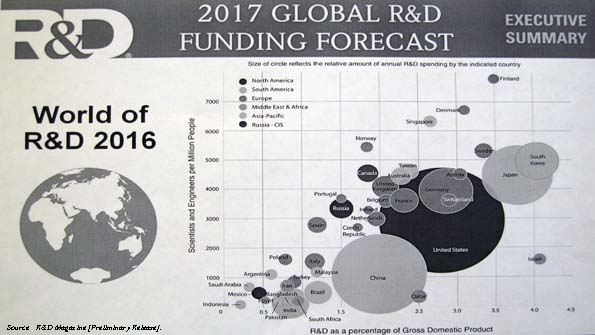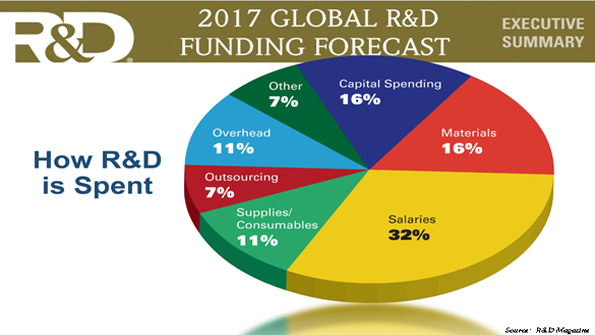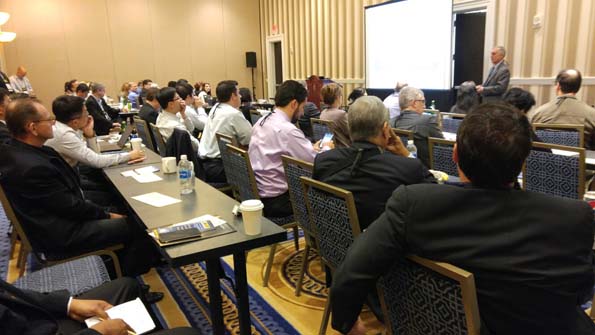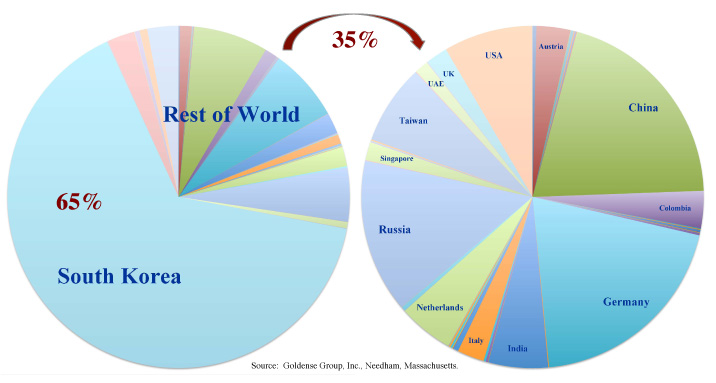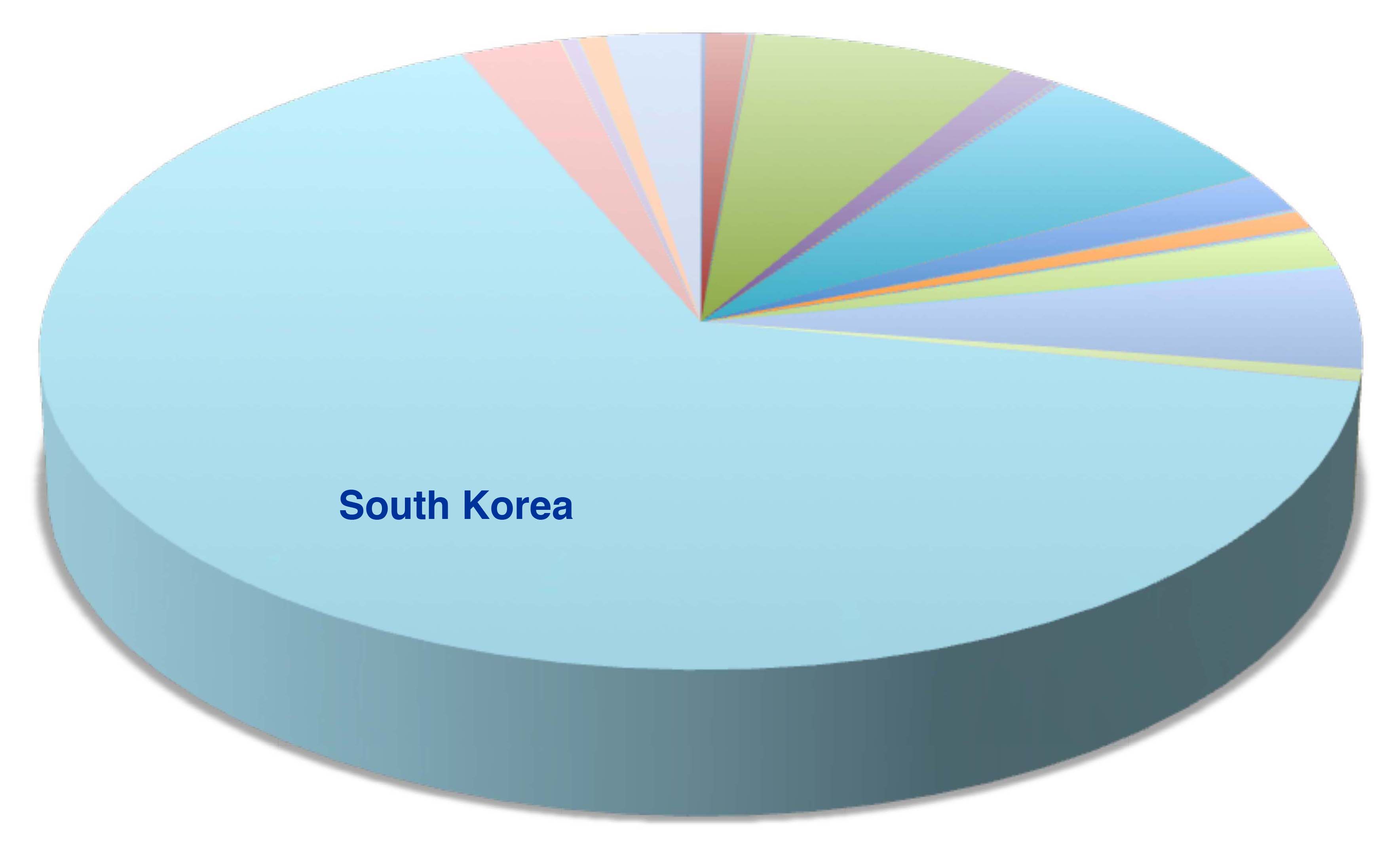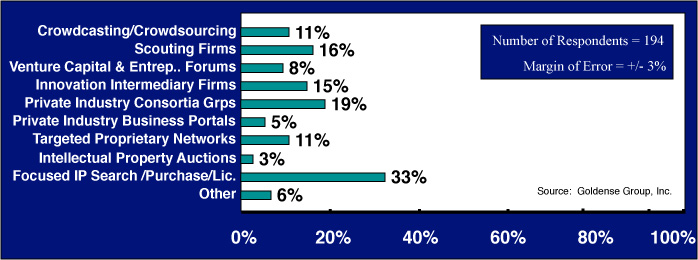DFI: Design for IIoT & IoT
When major new industry trends come along that affect product design and development, many companies jump quickly to create an impression of being current and with the trend. Marketing literature, advertising, social media, and other external-facing documents and images quickly incorporate key words and icons in their messaging. Product developers and packaging engineers are encouraged to rapidly design-in some concrete evidence of capabilities with regard to the new trend. While these rapid reactions work well for certain trends, those of a more limited scope or another shade of gray – “open innovation” comes to mind, other trends require a more thoughtful and systematic approach. The latter is the case for the advent of the Industrial Internet [IIoT] and the Internet of Things [IoT] and their manifestation in the physical and soft products of the future.
Industrial Internet
Thinking IIoT, this train has been on the tracks dating back to the start of designing automated factories. Industry has been making steady progress on automated materials handling, numerical control, robotics, machine vision, M2M communication, HMI, and numerous other technologies and approaches that will some day allow the lights to be turned out and the humans removed from many factory settings. What has been in common so far is the focus on the use of these approaches to optimize products for manufacture and delivery. The new frontier is to not just get leverage for the manufacturer, but to get leverage from a product’s inception that will benefit its customers and users through the product’s end of life.
Internet of Things
Thinking IoT, this train is a couple decades younger. Its domain is nearly infinite – a blue sky if there ever was one. And, traditional norms of design that have always focused on the relationship between the customer and the producer will be blown apart as customer expectations transform to expect that all their “internet appliances” will work together and share with each other regardless of the company that designed and produced the appliance. Before too long, both B2B and B2C customers will come to expect that a product’s history and “experiences” from birth will bring additional value to them as owners of the product.
Design Thinking
The massiveness of the possibilities, and the decisions on the avenues to choose that will maximize customer value while maximizing return to the product/appliance designer, are already challenging product planners and designers. How many sensors should my product have? How many transmitters? Will those sensors/transmitters focus on optimizing producibility or serviceability for the manufacturer, or should they focus on optimizing customer experience or value? After all, each sensor/transmitter increases a product’s cost which affects its price and margin? What cloud capabilities must be in place? Should the cloud capabilities be proprietary, open, or a mix? What protocols should exist to maximize sensing and transmitting? With whatever approach we choose, how will we assure that customers have uniform experiences regardless of where the products are used around the globe? Phew. Not easy.
Systems Approach
It seems logical that a systems engineering approach will be needed. Designing capabilities into products in an ad hoc manner seems short-sighted when the range of possibilities is so large. Just like companies have been concerned for years that their portfolio of product offerings will largely enable “one stop shopping” for customers, companies are soon to be equally concerned that their portfolio of product offerings will enable “one ecosphere” for customers. Ad hoc design approaches cannot result in competitive advantage product portfolios.
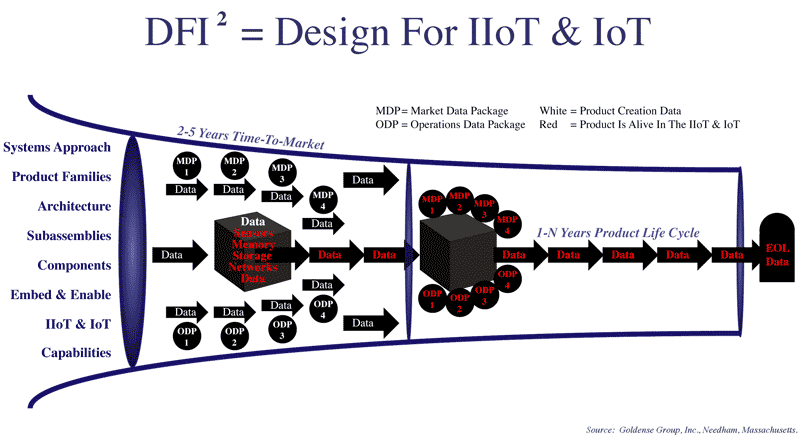
DFI: Design for IIoT & IoT [Machine Design – April 2017] puts forth an initial business model and framework for design thinking that can help to focus and constrain the nearly unlimited choices that face product planners and designers whose products must integrate with the internet and then leverage it. This 600-word piece is not a solution by any means, but hopefully conveys a vision for how one might approach the mother of all design challenges.

••••••••••••••••••••••••••••••••••••••••••••••••••••••••
GGI Tweets content from our primary and secondary research,
140-character summaries of good articles in trade publications,
and announcements and recaps of GGI events and presentations.
Please consider following GGI on Twitter.
https://goldensegroupinc.com/blog/tangible-innovation/wp-content/uploads/2017/04/DFI-Design-For-IIoT-IoT-Product-Life-Cycle-Image-White-A132.gif
DFI: Design for IIoT & IoT Read More »
![Goldense Group, Inc. [GGI] Logo](https://goldensegroupinc.com/blog/tangible-innovation/wp-content/uploads/2022/03/logo-corp-darkBlue-65x65.png)
